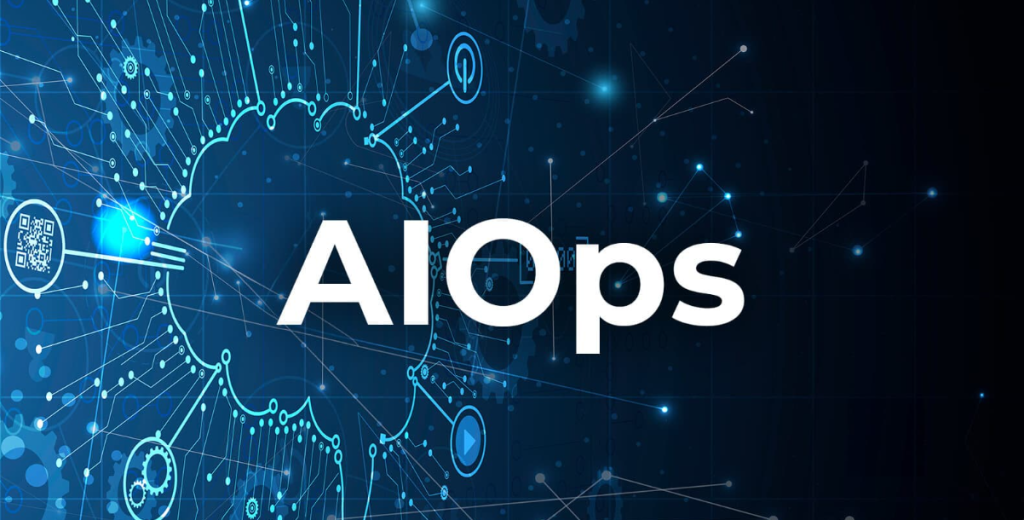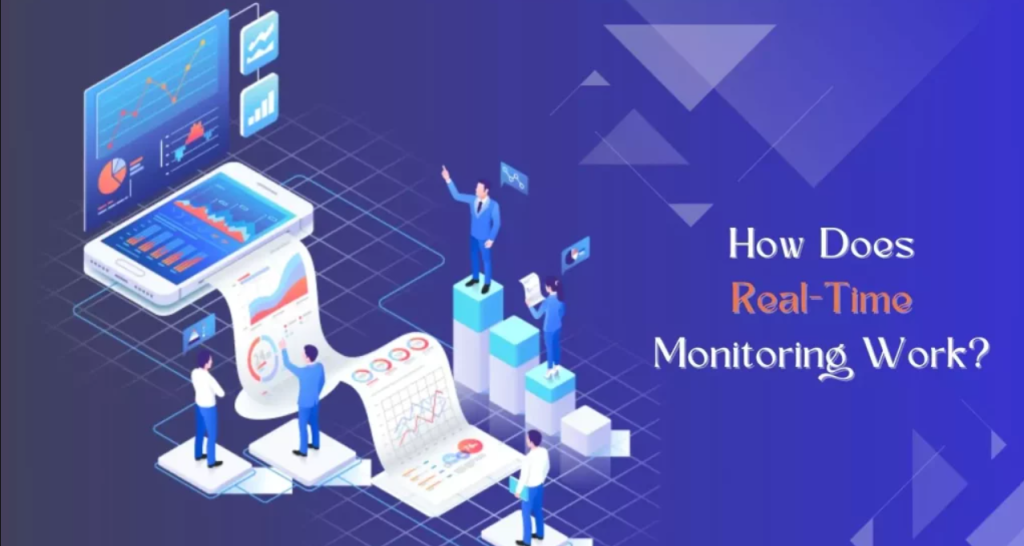
Artificial Intelligence for IT Operations (AIops) has evolved as a game-changer in IT management, helping organizations handle complex systems, predict failures, and automate operations. One of the core strengths of AIops is its ability to use historical data not only to address current IT challenges but also to predict and prevent future issues. By harnessing powerful analytics, AIops provides actionable insights, driving smarter IT decision-making, improved efficiency, and long-term operational resilience.
This post will explore the major features and benefits of AIops analytics, along with how it turns historical data into a proactive, future-proof IT environment.
1. Leveraging Historical Data for Predictive Analytics
The cornerstone of AIops analytics is its ability to turn massive amounts of historical IT data into powerful predictions. By examining past performance, incidents, and anomalies, AIops can forecast potential issues before they arise, saving time and resources.
- Proactive Issue Detection: AIops solutions analyze historical logs, performance data, and past incidents to identify patterns. By recognizing recurring issues, the system can predict when and where problems are likely to occur again.
- Root Cause Analysis: Instead of only addressing symptoms, AIops tools dive deep into historical data to uncover the root causes of recurring problems, enabling IT teams to apply long-term fixes rather than temporary solutions.
- Foresight for System Failures: AIops tools, by recognizing trends and anomalies, can provide advance warnings for potential system failures—whether it’s network outages, server crashes, or hardware malfunctions—allowing for preemptive action.
- Data-Driven Forecasting: AIops tools utilize machine learning models trained on historical data, providing accurate forecasts for system behavior and operational performance. These insights help businesses plan for future IT needs, investments, and upgrades more effectively.
By leveraging historical data, AIops not only reacts to current problems but ensures a more predictive and proactive approach to IT management.

2. Real-Time Monitoring and Automation for Immediate Impact
While historical data provides valuable insights, real-time data collection and monitoring are essential for maintaining continuous IT health. AIops integrates real-time analytics with automation, ensuring systems are monitored 24/7 and issues are addressed immediately.
- Constant Monitoring: AIops continuously monitors IT environments—servers, networks, applications, and databases—in real-time. This constant vigilance ensures that no abnormality goes unnoticed, and potential threats are flagged instantaneously.
- Instant Alerts: When an anomaly is detected in the system, AIops sends real-time alerts to the IT team, providing them with immediate insights into the nature of the issue, its severity, and the impacted systems.
- Automated Incident Response: Many AIops solutions can automatically respond to certain incidents. Whether it’s restarting a service, applying a patch, or reallocating resources, automation helps resolve simple issues without human intervention, freeing up time for IT staff to focus on more critical tasks.
- Reducing Downtime: With the ability to detect and respond to issues in real-time, AIops reduces the chances of extended downtime, improving overall system uptime and user experience.
- Scalable Automation: AIops tools can be tailored to automate actions at scale. For instance, if a specific issue occurs across multiple systems, AIops can apply fixes across all affected systems simultaneously, ensuring swift resolutions.
Real-time monitoring and automation are key components in an AIops system, enabling businesses to stay ahead of problems and respond quickly to challenges as they arise.
3. Data-Driven Insights for Better Decision-Making
AIops analytics goes beyond simply providing alerts and forecasts. It delivers actionable insights, which help IT leaders make data-driven decisions about system upgrades, resource allocation, and infrastructure planning.
- Comprehensive Dashboards: AIops tools offer visual dashboards that present a consolidated view of both historical and real-time data. These dashboards provide IT teams with a bird’s-eye view of performance metrics, allowing them to monitor system health, identify trends, and make informed decisions.
- Trend Analysis and Forecasting: By analyzing data from various sources—such as network traffic, application performance, and infrastructure health—AIops provides long-term trend analysis, helping IT departments anticipate future needs and risks.
- Strategic IT Planning: With AIops offering in-depth insights, IT leaders can better plan for scaling infrastructure, optimizing system resources, and preventing resource bottlenecks. This data-driven approach leads to more accurate budgeting and better alignment of IT strategies with business objectives.
- Actionable Recommendations: Based on historical patterns, AIops tools often provide automated recommendations, such as resource reallocation or technology upgrades, that align with operational goals.
- Performance Benchmarking: By leveraging past performance data, AIops enables organizations to benchmark the performance of IT systems over time, identifying areas that need improvement and enabling better strategic decision-making.
Data-driven insights foster smarter decision-making, leading to improved operational efficiency and cost-effectiveness.
4. Scalability, Adaptability, and Cost-Effectiveness
As businesses grow, so do their IT operations. AIops is designed to scale and adapt to increasingly complex environments, ensuring that businesses can future-proof their IT systems.
- Handling Big Data: AIops solutions are engineered to process large volumes of historical and real-time data without performance degradation, making them ideal for businesses with big data requirements.
- Seamless Scalability: AIops tools can easily scale to accommodate new systems, technologies, and infrastructure. Whether the business is expanding geographically or adding new applications, AIops ensures the system grows with the business.
- Adaptation to New Technologies: AIops platforms are adaptable to the ever-changing tech landscape. They can integrate with new systems, applications, and cloud services, ensuring that the IT environment remains agile and efficient.
- Optimized Resource Allocation: With AIops, businesses can efficiently manage resources. For example, by predicting the need for extra computing power or storage, AIops ensures that resources are allocated ahead of time, preventing bottlenecks or slowdowns.
- Cost Savings: AIops reduces the need for manual intervention, minimizes downtime, and improves overall system efficiency, ultimately leading to cost savings. Furthermore, by predicting future failures and preventing them, AIops helps avoid expensive IT repairs.
By offering scalability and adaptability, AIops ensures that IT systems remain efficient and effective, even as business requirements evolve.
5. AIops as a Collaborative and Efficiency-Boosting Tool
AIops analytics is more than just a tool for IT teams. It fosters collaboration across departments, enhances operational efficiency, and reduces human error.
- Bridging IT and Business: AIops helps bridge the gap between IT and business departments. Business leaders can use AIops dashboards to monitor the impact of IT performance on business goals, fostering collaboration between teams.
- Efficiency Through Automation: AIops automation reduces the reliance on human intervention for repetitive tasks, allowing IT staff to focus on more high-value activities, such as strategy and innovation.
- Collaborative Incident Management: AIops tools enable cross-functional teams to collaborate on issue resolution. Whether it’s the network, security, or development team, AIops provides a unified view of incidents, enabling efficient problem-solving.
- Reduced Risk of Human Error: With automation and predictive analytics, AIops reduces the likelihood of human error in IT operations. Automated responses ensure issues are handled consistently and accurately.
- Faster Problem Resolution: By leveraging AIops, organizations can resolve incidents much faster. Automated ticketing, root cause analysis, and response mechanisms speed up resolution times and minimize the impact on business operations.
AIops fosters a culture of collaboration and improves operational efficiency by eliminating silos between IT departments and business functions.
6. AIops Analytics for Long-Term IT Health and Innovation
AIops is not just about managing day-to-day IT operations. It plays a crucial role in ensuring long-term IT health and enabling innovation.
- Sustained IT Stability: With its predictive analytics, AIops helps maintain the health of IT systems over time. By continuously analyzing performance, AIops tools prevent system failures and ensure operational stability.
- Innovative IT Solutions: AIops uncovers hidden insights in historical and real-time data that can lead to new innovations. Whether it’s identifying new system optimization opportunities or suggesting ways to enhance user experience, AIops drives innovation.
- Continuous Improvement: AIops systems continuously learn from historical data, improving over time and refining their predictions. This continuous learning process ensures that IT systems are always improving and evolving.
- Business Continuity: By preventing IT failures and providing proactive solutions, AIops plays a critical role in ensuring business continuity. With AIops, businesses can continue to operate without disruption, even in the face of unforeseen challenges.
AIops enables businesses to maintain stable IT operations while driving continuous improvement and innovation.
